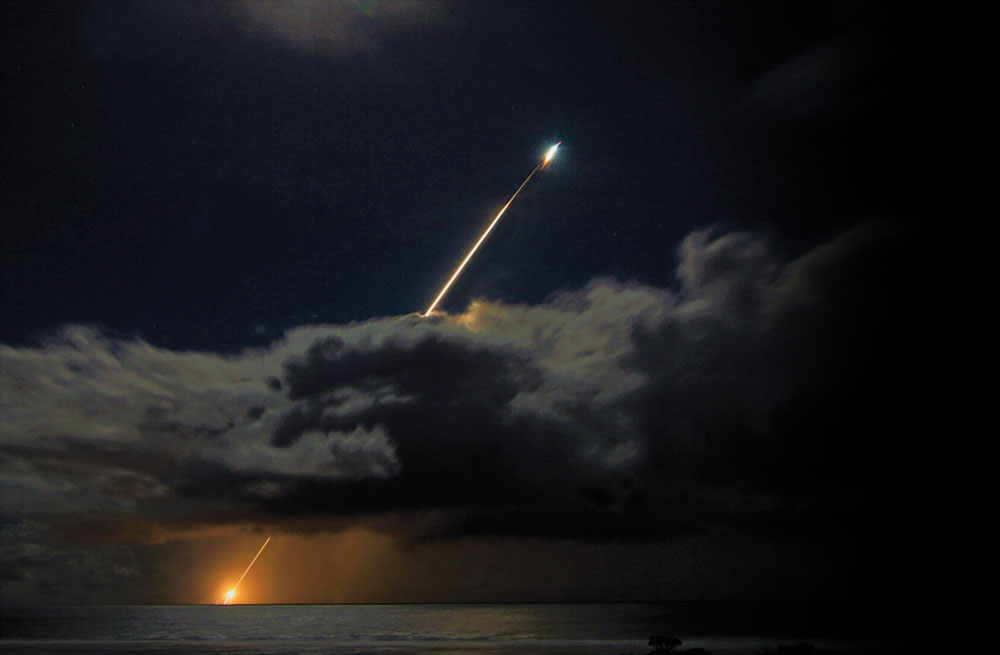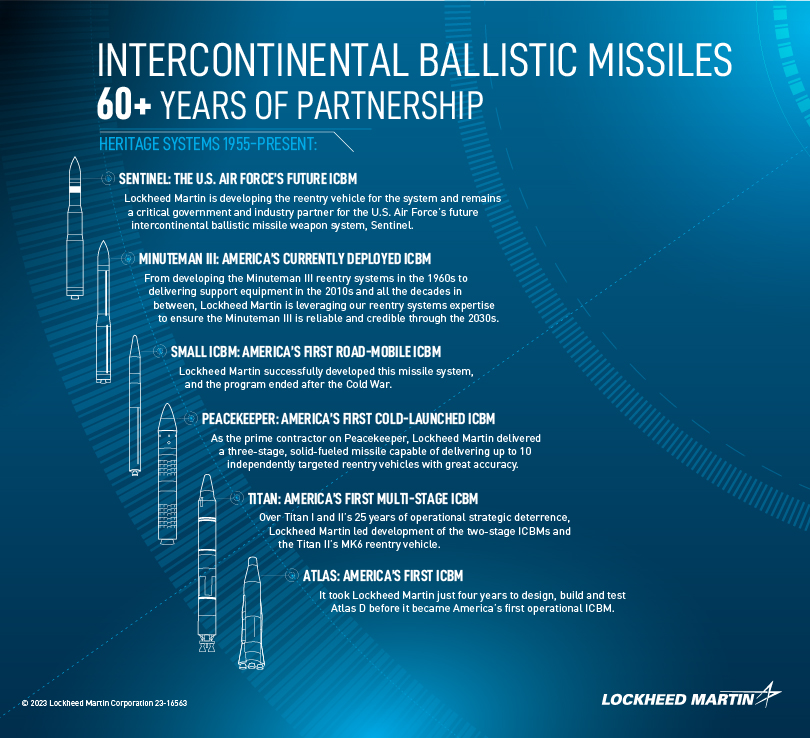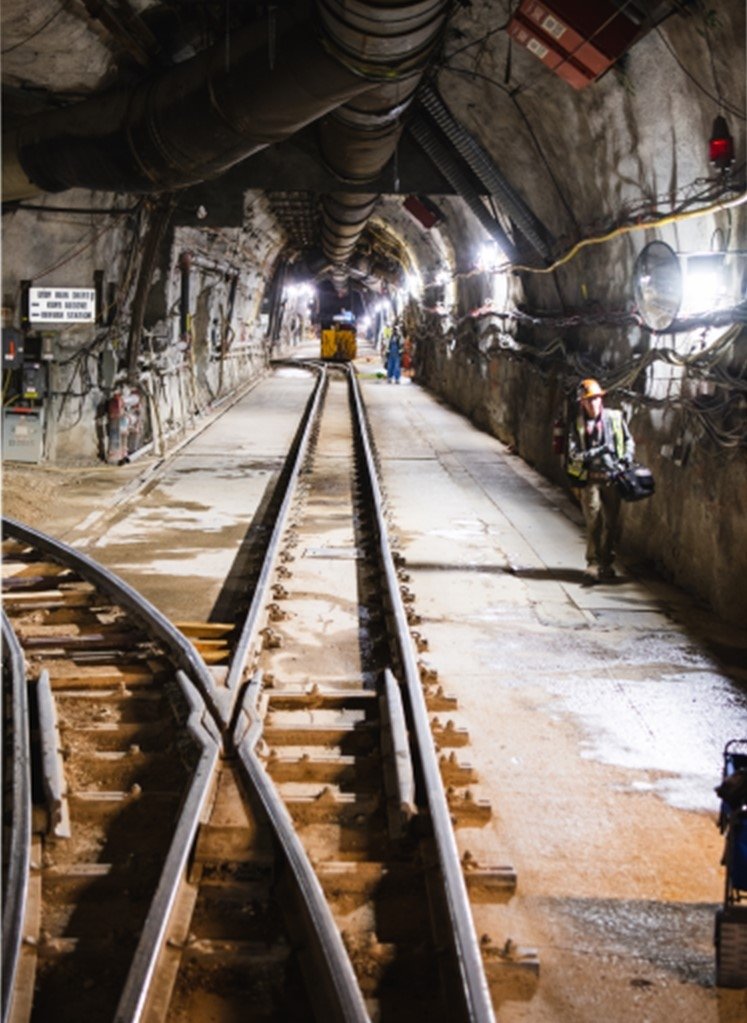Nuclear Winter?
These three developments are from the Pentagon regarding the next generations of nukes.
From Monday’s DOD Contracts (emphasis mine):
Lockheed Martin Corp., King of Prussia, Pennsylvania, was awarded a $996,215,214 contract for the MK21A Reentry Vehicle (RV) program. This contract provides for conducting engineering, manufacturing, and design to provide a low technical risk and affordable RV for Sentinel. Work will be performed in King of Prussia, Pennsylvania, and other various locations, and is expected to be completed by Oct. 20, 2039. This contract is a sole-source acquisition. Fiscal 2024 research, development, test, and evaluation funds in the amount of $26,612,031 are being obligated at the time of award. Air Force Nuclear Weapons Center, Hill Air Force Base, Utah, is the contracting activity (FA8219-24-C-0001).
The Mk21A will carry the future W87-1 warhead, the first newly manufactured warhead added to the U.S. arsenal since the Cold War, replacing the aging W78 335–350 kiloton warhead and its Mark 12A reentry vehicle, which has been in service since the 1970s.
While it could be used on Minuteman III, it is intended for the U.S. Air Force’s future Sentinel ICBM.
This came three days after the DOD announced that the U.S. “will pursue a modern variant of the B61 nuclear gravity bomb, designated the B61-13, pending Congressional authorization and appropriation.”
The B61 has been around for a half-century, but as you can tell by the tacks it has seen numerous upgrades to keep it in service.
The B61-13 would be deliverable by modern aircraft, strengthening deterrence of adversaries and assurance of allies and partners by providing the President with additional options against certain harder and large-area military targets.
It would replace some of the B61-7s in the current nuclear stockpile and have a yield similar to the B61-7, which is higher than that of the B61-12 (which is currently almost done with a Life Extension Program that has been underway since 2013).
Flight tests at Sandia National Laboratories’ Tonopah Test Range in Nevada in March 2020 were the last in a series designed to demonstrate the refurbished B61-12’s compatibility with the U.S. Air Force’s F-15E Strike Eagle jet fighter:
The B61-13 will not increase the number of weapons in the U.S. stockpile. The number of B61-12s to be produced will be lowered by the same amount as the number of B61-13s produced.
The B-16-12 and B-61-13 will be certified for delivery on current strategic aircraft (B-2A) and dual-capable aircraft (F-15E, F-16C/D & MLU, PA-200) as well as future platforms (F-35, B-21).
Likewise, with the Russians now resumed underground nuclear testing (and folks like North Korea and Iran possibly on the cusp of similar activities), a team led by the National Nuclear Security Administration (NNSA) last week conducted a non-nuclear underground chemical explosive test in Nevada to improve the US ability to detect low-yield nuclear explosions around the world.


